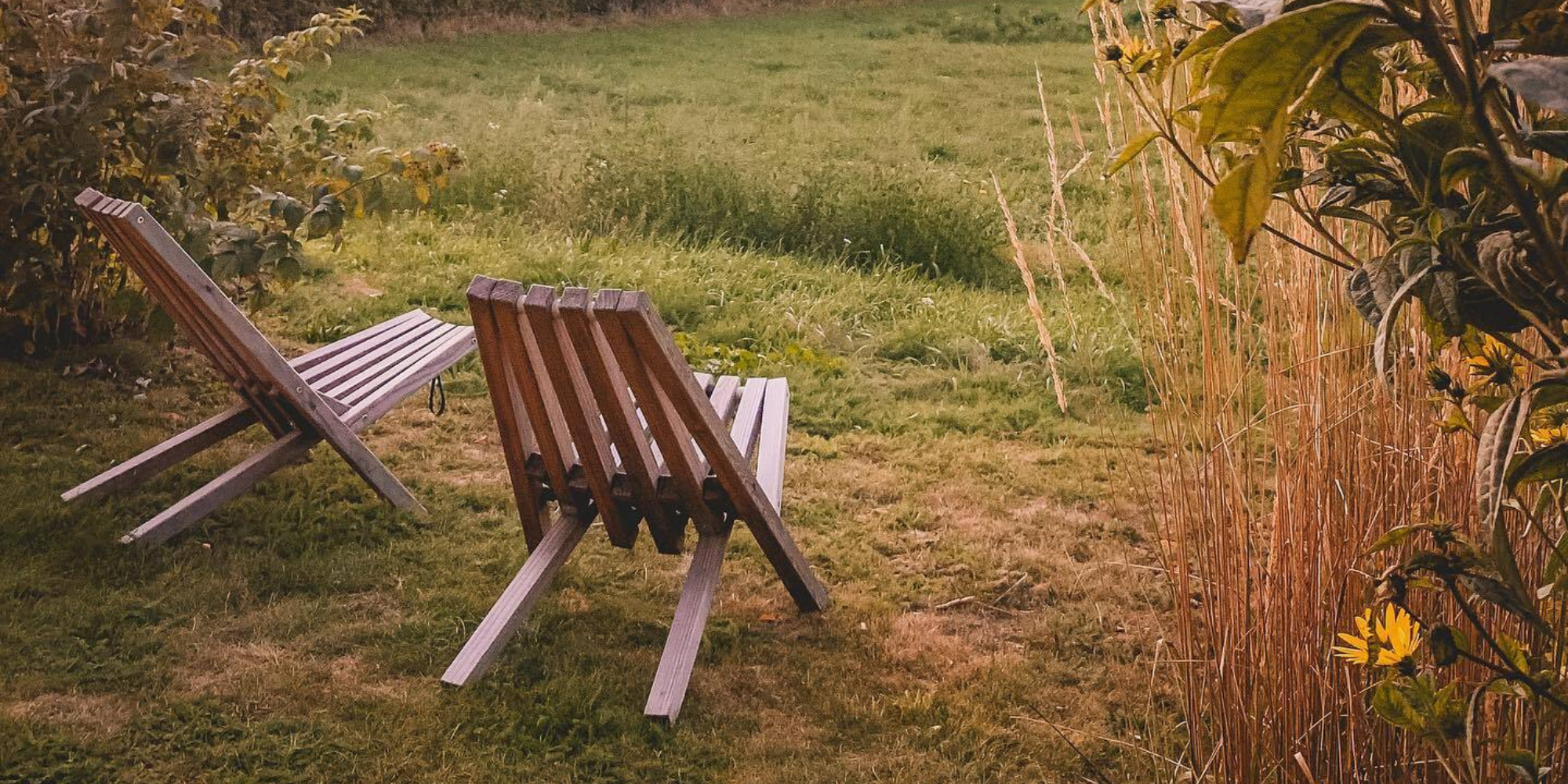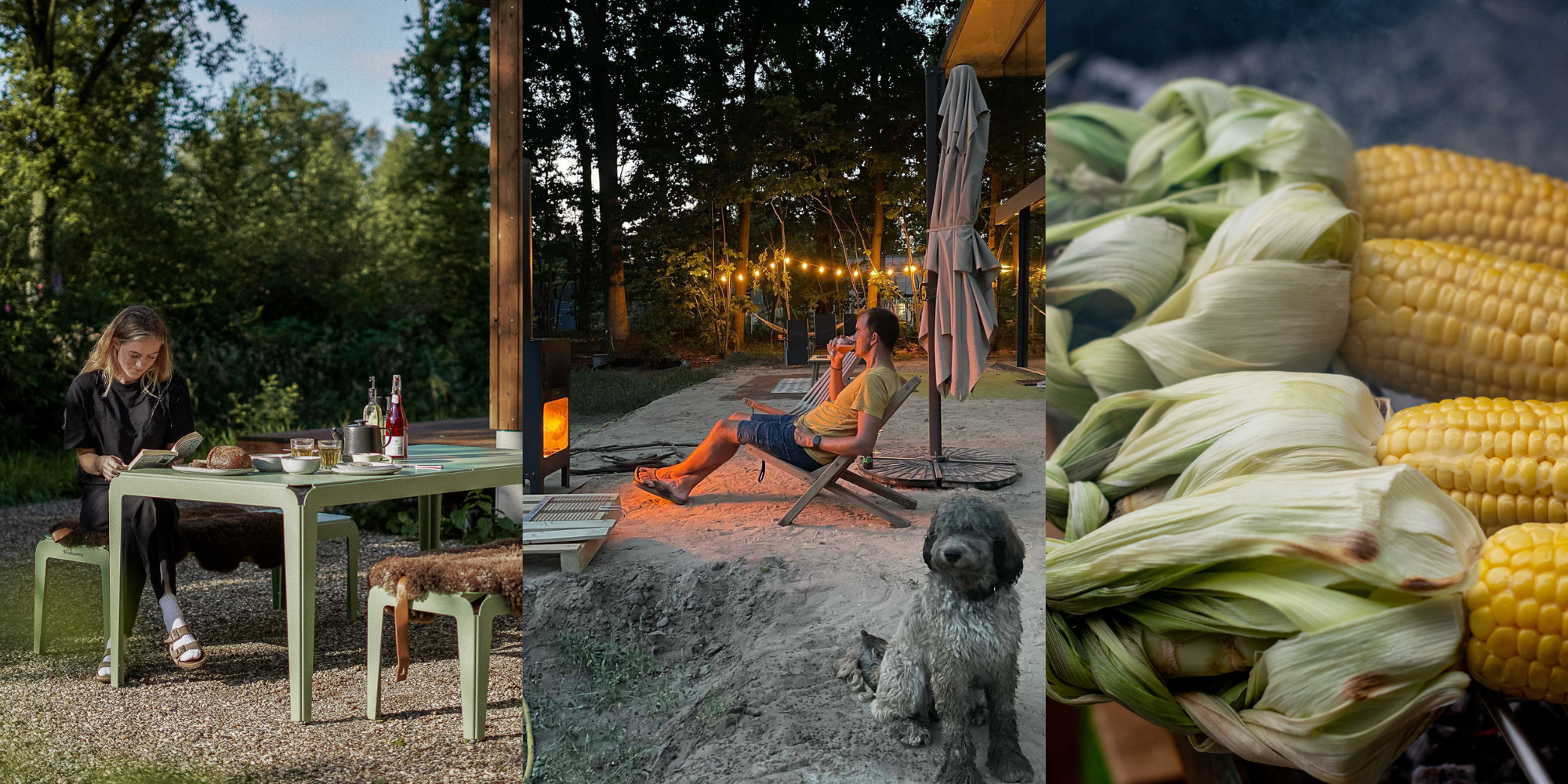
Old wench summer
When we are far from ready to say goodbye to summer and enter fall, there is the Indian Summer: a period of sunny weather in the months of September or October, during which it is unusually warm. The trees are already turning colors and the evenings are chilly, but during the day the mercury still easily tops 25 degrees.
Meteorological fall begins as early as September 1st. Currently, we’re already in fall. But often it doesn't feel like it yet, because summer can still show itself well into September.
Many people have heard the terms “meteorological fall” and “astrological fall” all their lives, with the former starting on Sept. 1st and the latter on Sept. 21st - quite a difference. What these terms actually mean? Meteorological fall is based on the seasons, while astronomical fall is based on the moment in the year when day and night last exactly the same length of time throughout the world. On this day, the sun resides above the horizon for exactly twelve hours. In Western Europe this is usually around September 21
Many people have heard the terms “meteorological fall” and “astrological fall” all their lives, with the former starting on Sept. 1st and the latter on Sept. 21st - quite a difference. What these terms actually mean? Meteorological fall is based on the seasons, while astronomical fall is based on the moment in the year when day and night last exactly the same length of time throughout the world. On this day, the sun resides above the horizon for exactly twelve hours. In Western Europe this is usually around September 21

In Dutch, we have our own term for Indian Summer: Oudewijvenzomer, or old wenches summer. Sounds like an insult, but it isn’t: the word wench (‘wijf’ in Dutch) used to be a common name for woman. The word Oudewijvenzomer comes from Germanic or Norse mythology: there they believed that the silver threads of cobwebs catching the morning dew - a typical sight for warm late summer mornings - was hair that old women lost while combing. It was believed that this was the work of fate goddesses and that these threads depicted the threads of life. From a more scientific approach, we know that in late summer these kinds of cobwebs are often a harbinger of a day with lots of sunshine.
The word Indian Summer, which we now use as fairly standard in Dutch, originated in America. There, Indian Summer is known for the colors of the trees in fall: flaming red, bright orange and bright yellow. The Indians believed this symbolized the blood of a slain bear.
So there is much symbolism behind this time of year, but one thing is certain: when we are blessed with an Indian Summer, we do not think of old women, we think of summer: storing the last of the sun's heat in our bones, tomato salad from the last of the summer tomatoes, and not yet thinking about fall for a long, long time.
The word Indian Summer, which we now use as fairly standard in Dutch, originated in America. There, Indian Summer is known for the colors of the trees in fall: flaming red, bright orange and bright yellow. The Indians believed this symbolized the blood of a slain bear.
So there is much symbolism behind this time of year, but one thing is certain: when we are blessed with an Indian Summer, we do not think of old women, we think of summer: storing the last of the sun's heat in our bones, tomato salad from the last of the summer tomatoes, and not yet thinking about fall for a long, long time.
